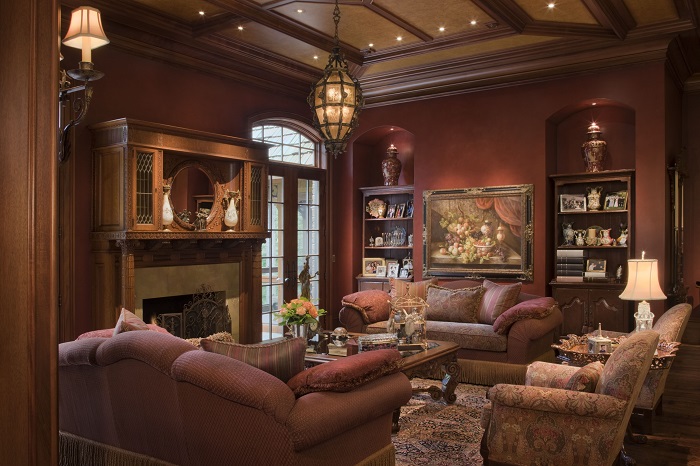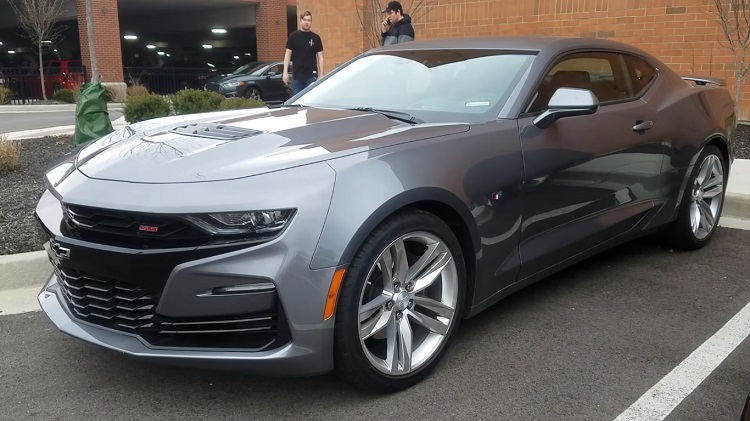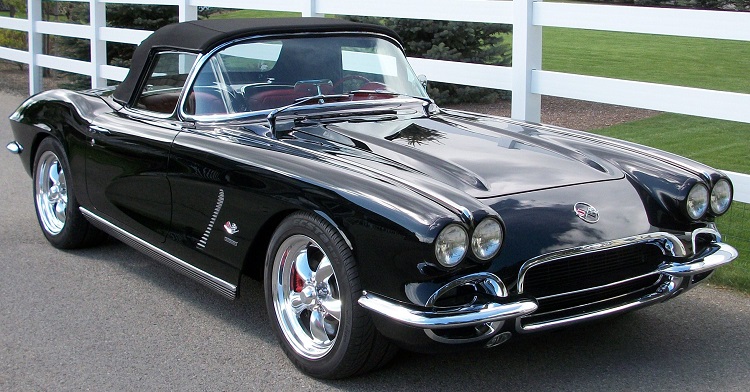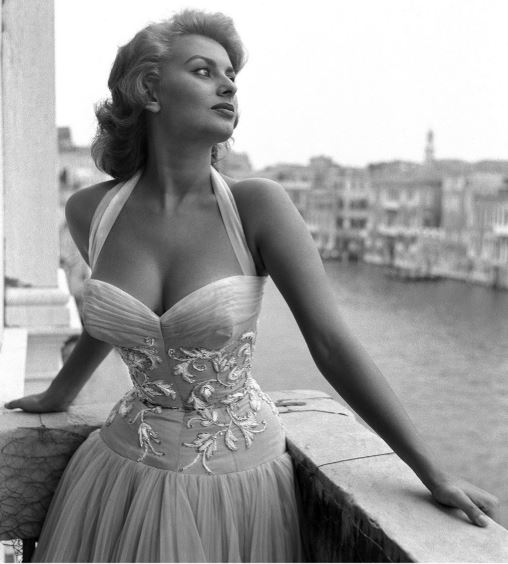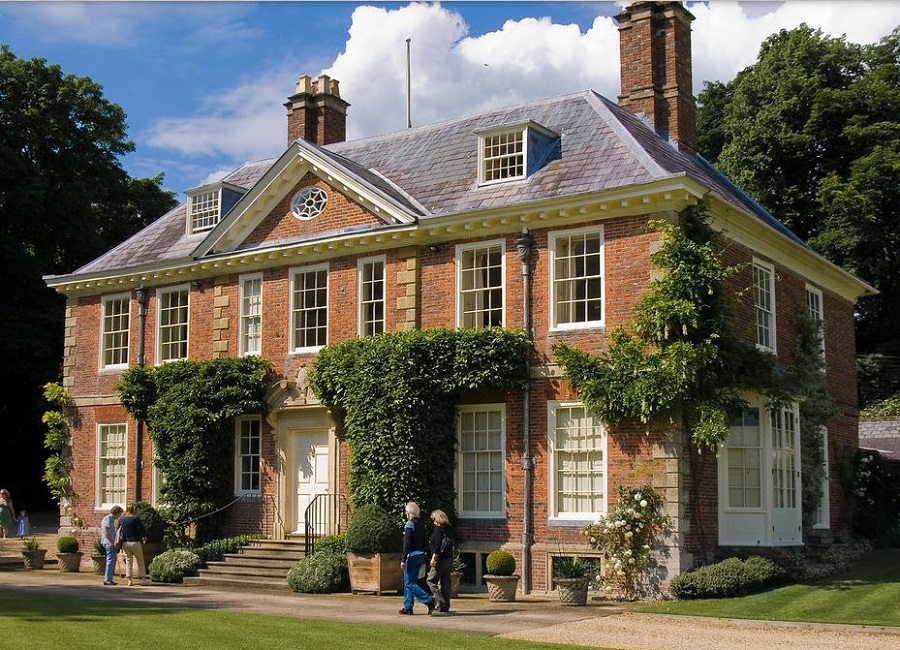Back home from our trip to New England, and New Wife is absolutely sold on the place — not to live, but to spend the odd week Down East during the summer.
I’ve been to New England (both the coast and inland) on many occasions in the past; in fact, my very first trip to the U.S. back in Fall 1985 was to New Hampshire’s White Mountains and coastal Maine, and I’ve loved the area ever since — hence my desire to take New Wife there as part of my long-term plan to show her around the various parts of the U.S. that are not Texas.
The first couple days were cool and misty/rainy, e.g. this pic taken just outside Belfast, ME:

…and another of the Bass Harbor coastline:

…but the last three days were nothing but glorious. Here’s one taken from our rental cottage on the Damariscotta River:

And another couple from the bridge at Southport Island:


Right-click on any to embiggen (and feel free to copy and use as wallpaper etc.). Please forgive the pics’ imperfections: Idiot Kim forgot his trusty Nikon and had to rely on his phone instead. Ugh.
Finally: while we were there, several Readers wrote to me and invited us to join them at their houses, on their boats, or for a meal/drink. My sincere apologies for not replying to any of you: I didn’t check my email account until last night (my vacations are pretty much that — a getaway — and much of the time we had zero connectivity anyway). So please don’t think I was being rude. Rest assured, the next time we go Down East, we will meet up and socialize, if the invitations are still open. Invitations to go shooting will, as always, receive priority.
What a pleasure. The only regret is that we missed the arrival of the tall ships during Boothbay Harbor’s Windjammer Festival. (I think they’re scheduled to arrive there today, in fact.)
And en passant: at the KIttery Trading Post, I saw a second-hand Browning A-Bolt rifle in .300 Win Mag with a laminate (not the usual composite) stock for sale at a very reasonable price. I’m still kicking myself…

